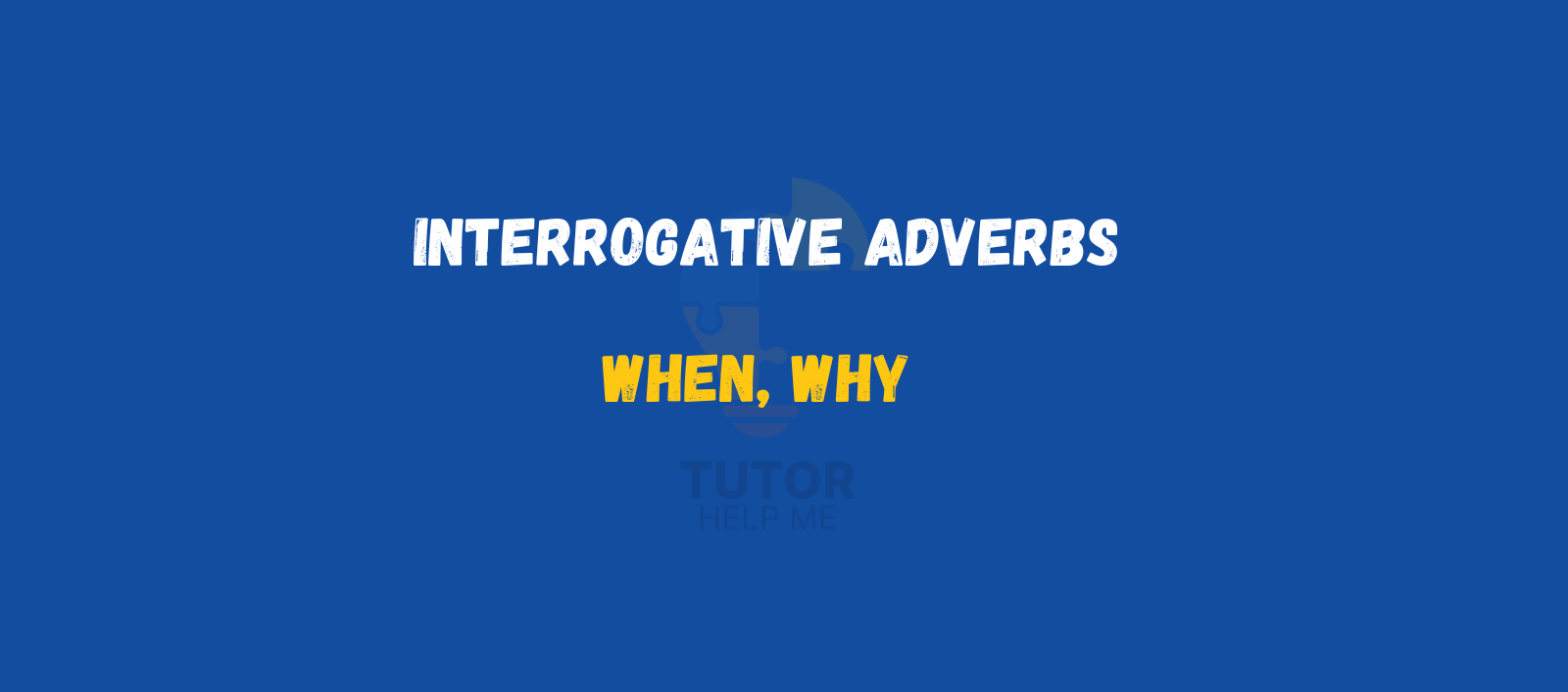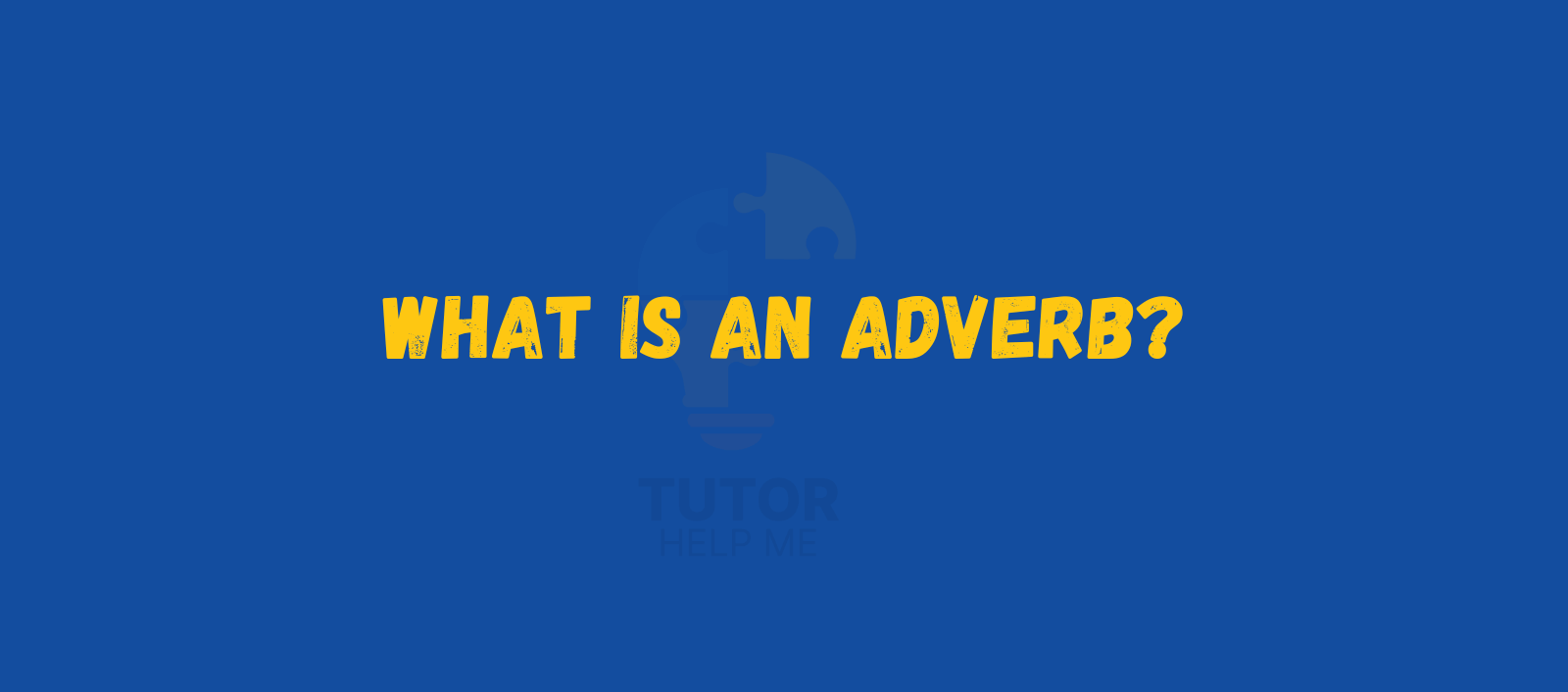Adverbs are words that add more meaning to verbs, adjectives, or other adverbs. They tell us how, when, where, or how often something happens. In simple terms, adverbs describe actions and details in a sentence. In this blog, you will learn what an adverb is, the different types of adverbs, and how to use them with examples.
What Is an Adverb?
An adverb is a word that describes a verb, an adjective, or another adverb. It gives more detail about how, when, where, or to what extent something happens. Adverbs help make sentences more clear and specific.
Examples:
- She runs quickly.
- They arrived early.
- He spoke very softly.
Adverbs add meaning to actions or descriptions. Now let’s look at the different types of adverbs with simple examples.
Types of Adverbs With Examples
Adverbs of Manner
These adverbs show how something happens or is done.
Examples:
- quickly
- slowly
- neatly
- happily
- loudly
In sentences:
- She sang beautifully.
- He wrote the letter neatly.

Adverbs of Time
These adverbs tell us when something happens.
Examples:
- now
- yesterday
- today
- soon
- later
In sentences:
- I will call you later.
- They visited us yesterday.

Adverbs of Place
These adverbs show where something happens.
Examples:
- here
- there
- nearby
- outside
- everywhere
In sentences:
- She looked everywhere.
- The kids are playing outside.

Adverbs of Frequency
These adverbs tell us how often something happens.
Examples:
- always
- never
- often
- sometimes
- rarely
In sentences:
- He always wakes up early.
- They rarely eat fast food.

Adverbs of Degree
These adverbs show how much or to what extent something happens.
Examples:
- very
- quite
- almost
- too
- enough
In sentences:
- She is very smart.
- He was too tired to continue.

Interrogative Adverbs
These are used to ask questions about actions.
Examples:
- how
- when
- where
- why
In sentences:
- When did you arrive?
- Why is she upset?

Relative Adverbs
These adverbs connect a clause to a noun and show time, place, or reason.
Examples:
- where
- when
- why
In sentences:
- I remember the day when we met.
- That’s the house where he was born.

Adverbs of Affirmation
These adverbs show agreement or certainty. They confirm that something is true or correct.
Examples:
- yes
- surely
- definitely
- indeed
- certainly
In sentences:
- She will surely win the race.
- Yes, I have finished my homework.

Adverbs of Negation
These adverbs express a negative meaning or denial.
Examples:
- no
- not
- never
- hardly
- rarely
In sentences:
- I have never seen that movie.
- He did not come to class today.

Adverbs of Reason
These adverbs explain why something happened. They give a reason for the action.
Examples:
- therefore
- hence
- thus
- because
- consequently
In sentences:
- He was late; therefore, he missed the bus.
- She studied hard; thus, she passed the exam.

Conclusion
Adverbs help make sentences clearer and more meaningful. They describe actions, time, place, and more. By learning the types of adverbs, you can improve your grammar and writing. With regular practice, using adverbs correctly will become easy and natural.
Read more What Is a Verb? Definition and Types With Examples
FAQs
Do all adverbs end in -ly?
No, not all adverbs end in -ly. Some adverbs like soon, here, never do not.
Can one adverb be used in different ways?
Yes, some adverbs can describe different parts of a sentence depending on context.
Why should we learn adverbs?
Learning adverbs helps make sentences clearer, more detailed, and easier to understand in both writing and speaking.
Are adverbs always necessary in a sentence?
No, adverbs are not always required, but they add detail and clarity to your message.
How do adverbs improve writing?
Adverbs make writing more descriptive and precise by explaining actions, timing, and intensity.

